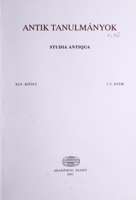
We kindly inform you that, as long as the subject affiliation of our 300.000+ articles is in progress, you might get unsufficient or no results on your third level or second level search. In this case, please broaden your search criteria.

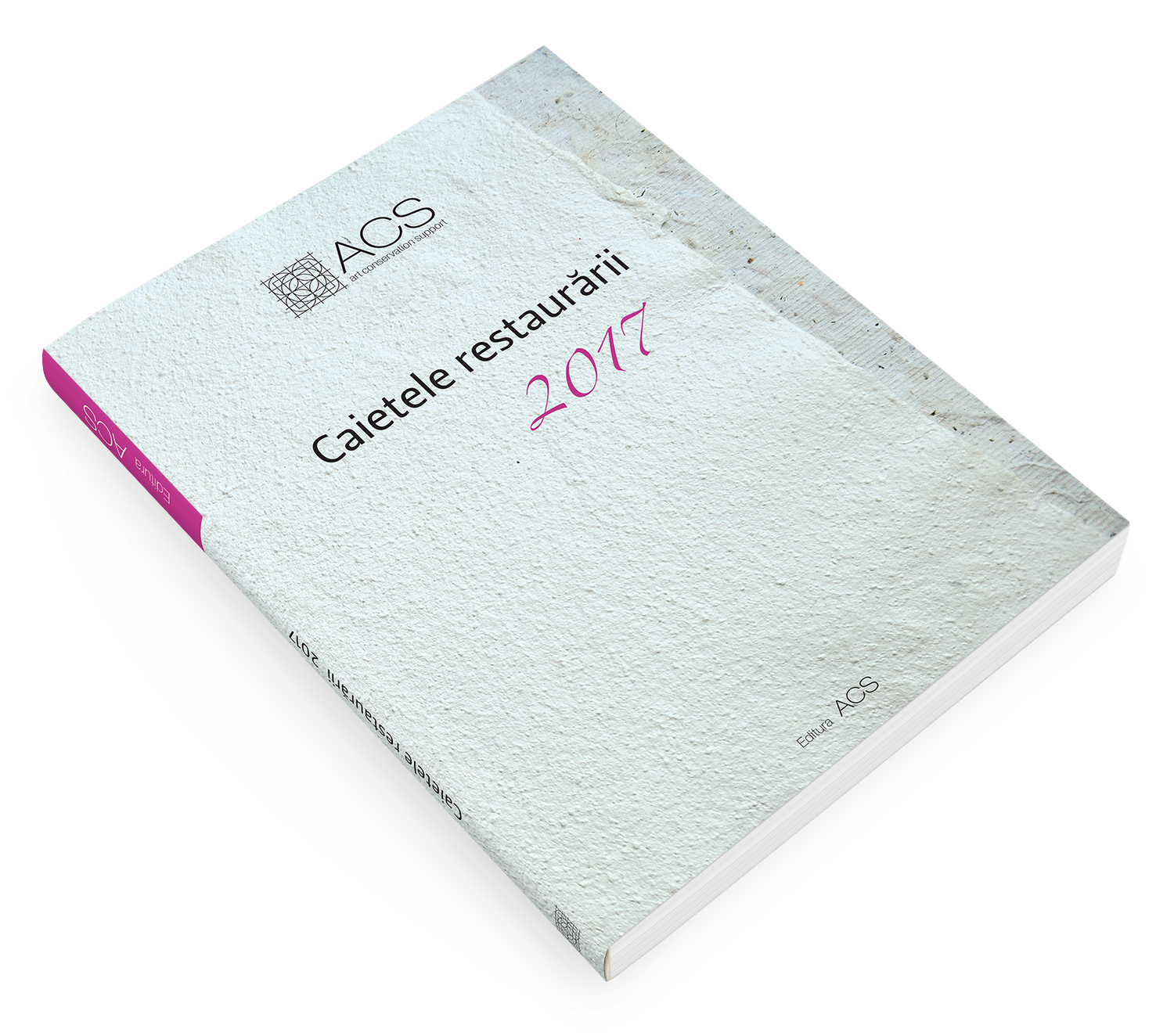
St. Anne's church in Warsaw was founded by princess Anne of Masovia in 1453 for the Minor Order Friars brought from Cracow. Initially, the church used to be a small gothic building but in XVI-th and XVII-th century the church was expanded by adding new spaces. The present mural decoration of the church it is made by a monk named - Walenty Żebrowski between1743 and 1750. The main goal of the project is to uncover and save the maximum of the original XVIII-th century painting decoration by Walenty Żebrowski. The implementation of the project is divided into two stages. The first one planned for the 2017 covers investigation on the technique and technology of the Żebrowski's painting and diagnosis of its present state. Also, we carried out some interventions such as: cleaning of the painting surface from dust and over-paintings, strengthening of the stone base of the lantern, removing of the old putties and concrete patches in the dome, consolidation of the walls structure and plaster layers, filling of the cracks and plaster layer losses.
More...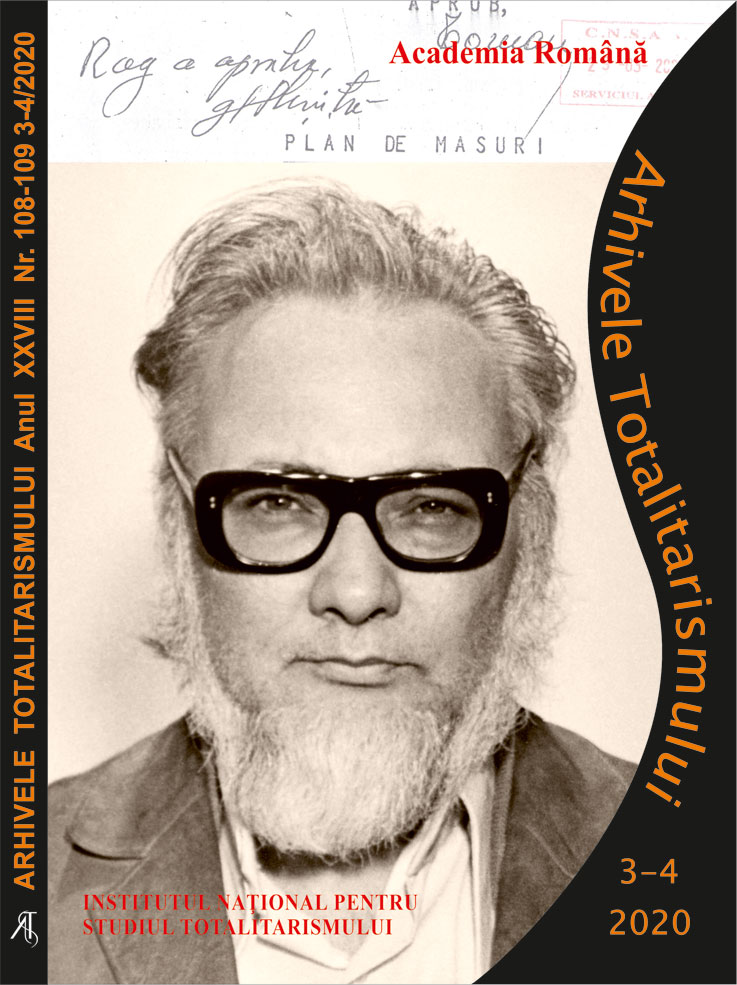
Constantin Galeriu is one of the most famous contemporary Romanian theologians, as a preacher of depth, charismatic and dedicated to the service of the altar. However, less is known about Father Galeriu's sufferings in the communist prison, which we found in the archives of the former political police and that we offer in this material.
More...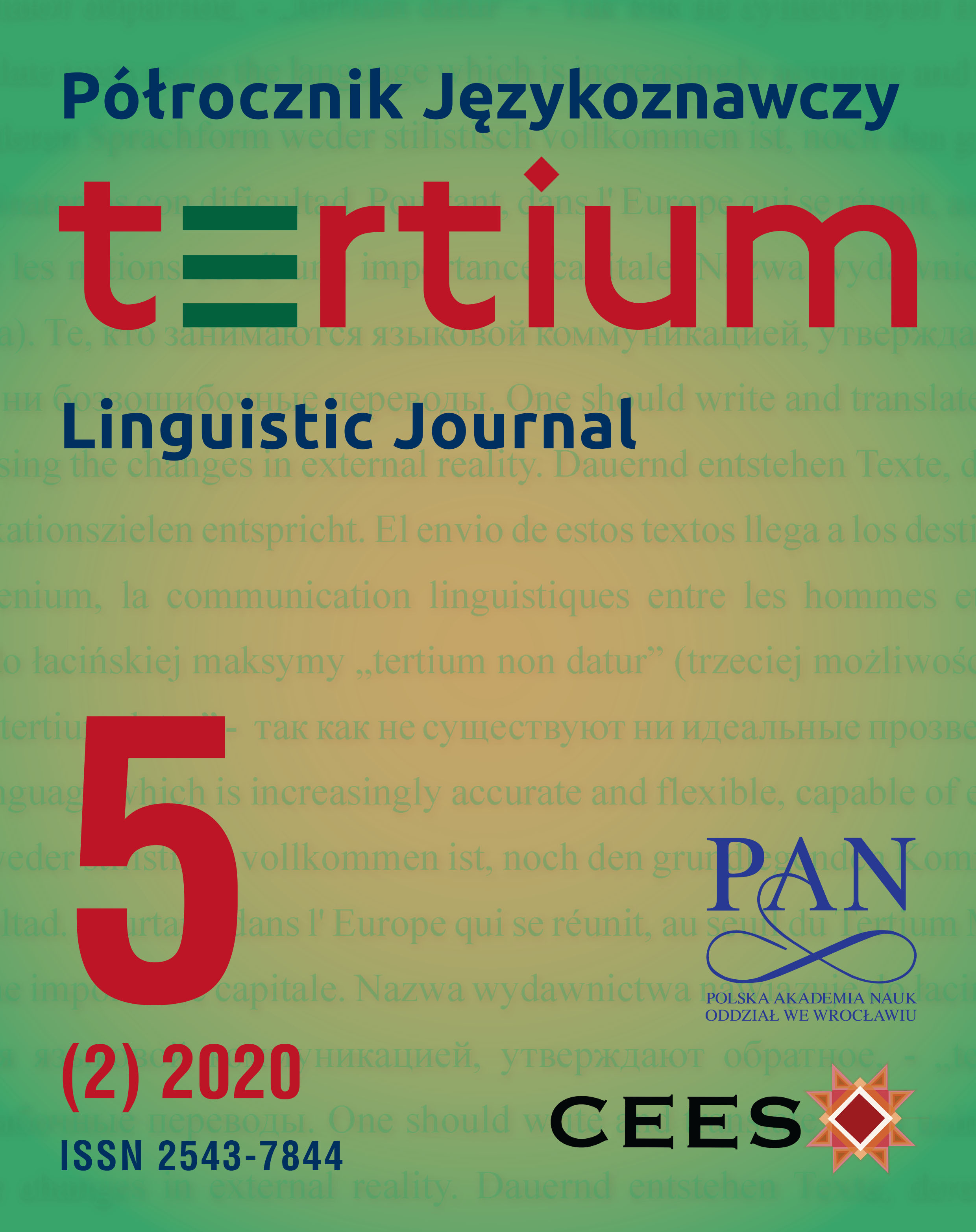
The subject of the present paper are the lyrics of the songs sung by Catholic youth from Zaolzie or, more precisely, the emerging image of the sacred (God, Jesus, Mary and man's attitude towards the sacred), which is presented to young people in borderland areas. The research method used to analyse the collected material is based on the methodology of the linguistic picture of the world. The image of the sacred in Polish and Czech songs in Zaolzie contains the generally known image of God, Jesus and Mary. God is above all good, almighty, eliminates sins, is infinite, is a father and guardian for man, and man should love him as the Creator. Similarly, Jesus is merciful and through him leads the way to God and salvation.Mary, on the other hand, is worshipped primarily as the Mother of Jesus and Mother of us,people. This generally known image of the sacred is repeated and consolidated thanks to the songs. Polish and Czech texts do not differ significantly from each other in the general presentation of the sacred and its image, but we can notice some differences, such as references to Mary as the Queen of Poland, and the generally stronger picture of Mary in Polish texts.
More...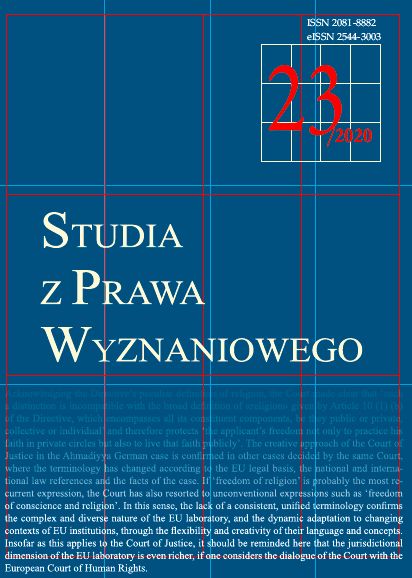
On November 22, 2018, the President of the Office for Personal Data Protection (hereinafter POPDP) issued a decision related to the issue of updating personal data by a person who has disaffiliated from the Catholic Church. The paper analyzes this decision in order to answer the question whether in the current legal situation POPDP has the competence to resolve, by administrative decisions, complaints of natural persons related to compliance with the provisions laid down by the Catholic Church in the area of personal data protection. When justifying the above-mentioned decision, POPDP referred to several significant provisions of the currently applicable law, including the EU law, state law and church law. In the decision, POPDP confirmed the already established practice regarding matters connected with the issue of updating personal data of persons who have disaffiliated from the Catholic Church. In the conclusion, it was stated that POPDP had no competence to resolve complaints of natural persons related to compliance with the provisions laid down by the Catholic Church in the area of personal data protection.
More...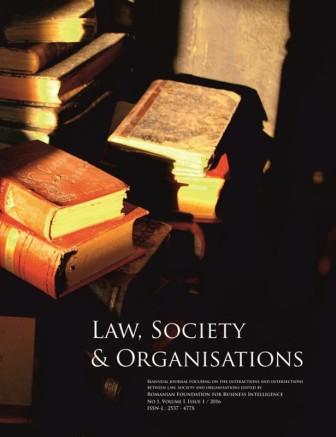
The trial of the group „Teodorescu Alex. and others”, being so tragic in terms of consequences, keeps alive only one person out of 16: Rădulescu Nicolae, Emanoil Mihăilescu passing to the eternal life on February 27, 2019. From the desire to bring more light into the investigation of the becoming of Father Daniil Sandu Tudor during the latter part of his life, in 2015, I asked for the support of these last survivors – Nicolae Rădulescu, Emanoil Mihăilescu – true disciples, who sacredly preserved the relief of the flames of the Rugul Aprins (The Burning Bush) in their hearts. In fact, these people are, in our opinion, the most able to recover the course of the Rugul Aprins, since they paid with their own freedom for belonging to this „spiritual group”, notwithstanding the tendencies of the time which they were given to go through in this earthly life. The same reason, of the objective restoration of the investigation and the trial of the group of Rugul Aprins, led to the consultation of the archives of the National Council for the Study of Security Archives (A.C.N.S.A.S.), from which we selected a series of documents regarding the topic of this research. This time, the exercise of demistification of certain interrogation minutes, accusation ordinances etc. was realized by these two protagonists of those – Emanoil Mihăilescu, Nicolae Rădulescu – who engaged in this lucid effort of reconstructing the historical truth, escaping (as much as possible) the subjectivism.
More...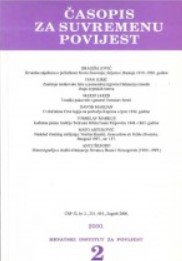
Review of: Marko Babić - MARIJAN KARAULA, ŽRTVE I MUČENICI - STRADANJA BOSANSKIH FRANJEVACA U DRUGOM SVJETSKOM RATU I KOMUNIZMU, Svjetlo riječi, Sarajevo, 1999., 335 str.
More...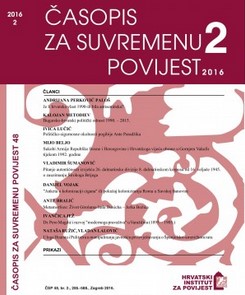
Review of: JJure Krišto - JESUITS AMONG THE CROATS, EDITED BY VALENTIN POZAIĆ, S. J., Institute of Philosophy and Theology, S. J., Zagreb and Croatian Historical Institute, Vienna, Series Vrela i prinosi za povijest isusovačkog reda u hrvatskom narodu, vol. 5, Zagreb 2000., 600 str.
More...
Review of: Marko Babić - Franjo MARIĆ, Ljetopis katoličke župe Žepče: 1879. -1999., Hrvatski klub Žepče - Zagreb i Rimokatolički župni ured Žepče, Žepče 2000., 739 str.
More...
Review of: Marko Babić - IVAN DAMIŠ, FRANJEVCI HRVATSKE FRANJEVAČKE PROVINCIJE SV. ĆIRILA I METODA ŽRTVE DRUGOG SVJETSKOG RATA, PORAĆA I JUGOKOMUNIZMA, HKD sv. Jeronima, Zagreb 2000., 156 str.
More...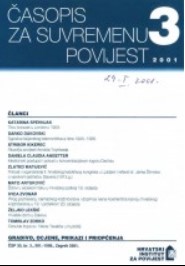
Review of: Franko Mirošević - Korespondencija Strossmayer-Vanutelli 1881.-1887. Nakladnici: Hrvatski državni arhiv, Kršćanska sadašnjost te Dom i svijet, Zagreb 1999. 697 str.
More...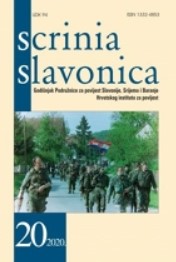
The last war in history fought between Austria and the Ottoman Empire is known as the “Dubica War” (1788-1791), and although the military actions were limited to a narrow area, this war had strong consequences for the population of the Catholic chaplaincyof Tolisa. The Turkish authorities, anxious to secure the cooperation of Catholics living on the banks of the Sava River, decided to systematically relocate those who had established their houses south of the river. War was officially declared on February 9, 1788 and in the following month around 1,600 inhabitants, as many as lived in the chaplaincy at the time, were relocated to the villages of the Dubrava parish and the chaplaincy of Tramošnica, particularly in the area between Blaževac and Porebrica where the new village Fratrovac was established, named after a friar who had settled there with his people. The newcomers to the area were accepted in a friendly manner by the local population and adapted well to the new environment. Until the return to their villages in August 1791, 223 children were born and 110 people died in exile. After their return to Posavina, some of the villages, such as Tolisa, Boka and Vidovica were not established at the former locations; the returnees chose new locations which became the centres from which the above villages as we know them today emerged.
More...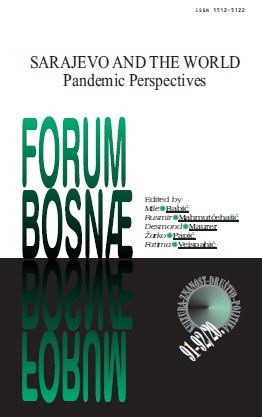
On 1 April of this year, the philosopher John Gray wrote in the New Statesman that the current health crisis will be a “turning point in history.” He went on to diagnose how “the virus has exposed fatal weaknesses in the economic systems that was patched up after the 2008 financial crisis.” We can’t have just one country like China producing all the protective equipment we need anymore. Cheap air travel has been instrumental in the spread of the virus. Chinese wet markets may have to be reconsidered. “Liberal Capitalism is bust,” he added. Therefore, the fall of what he calls “hyper-globalisation” is clear; the future is also clear as far as he can predict: “when the economy restarts, it will be in a world where governments act to curb the global market.” But the economically liberal eye in the world does not seem to want to see the effect of this crisis. The liberal, he reminded us, aims at raising material living standards instead of fostering community cohesion and asking questions about social and political legitimacy.
More...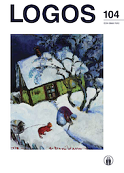
The article examines post-baptismal catechumenate as a pastoral institution that was developed after Second Vatican Council. It explores post-baptismal catechumenate’s relationship to baptismal catechumenate as it existed in the early Church and was restored by Vatican II. The article discusses post-baptismal catechumenate as part of the Church’s attempts to find solution to the problem of “baptised unbelievers” that occurred in the second part of the 20th century. It analyses the magisterial texts that address relationship between valid sacraments and their spiritual consequences. Finally, the article shows ambiguity of the concept of post-baptismal catechumenate in the documents of the Catholic magisterium.
More...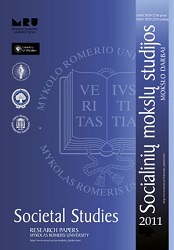
The concept of “the Church”, as in the meaning of Article 72 of the Federal Constitution of the Swiss Confederation, in the jurisprudence system of the Swiss Federal Court, covers in principle the concept of “religious communities” pars pro toto. On the other hand, expréssis verbis of the conception of “the Church” in the text of the Constitution indicates the aim of its authors to implicitly enforce the subtle acknowledgement of historically traditional and actually recognised exceptional significance of churches in Switzerland. Constitutions of the Cantons provide also for the Communities of the Church, which exist among other communities of Cantons (political, residents, etc.) as fully recognised types of entities under the public law, however, different from religious communities, since they form a unit within the church system of the Canton, separated from each other on the personal confessional-territorial basis. Due to this, the difference between the concepts of “religion” and “church” is important. Religion, in particular, is legally identified according to specific criteria, and is a significant condition for the existence of any religious community, as public or private legal person of religious nature; while the traditional Church of the Canton is an institutionalised form of religion, where churchy communities from the territorial or organisational viewpoint are dependent on the uniting them Church of the Canton, and which are recognised as independent public law corporations. The most fundamental principle in the law on self-regulation of a religious community is the corporative freedom of religion, as it protects religious communities first and foremost from the impermissible interference of the State. Subsequently, the right of religious communities to self-governance and autonomy is among the elements of the corporative freedom of religion. However, as noted earlier, the state does not treat all religious communities on an equal basis in the legal sense. The recognized churches (religious communities) as public law corporations, are unions of persons, who form a certain part in the sphere of the state sovereignty. Therefore, their right to self-regulation is restricted by the Canton through the recognition act of religious communities as such, and the requirements for observing in their activities of democratic procedures and legal principles of the state. However, the state is also undertaking to protect their autonomy, and the Federal Court has expanded the right of church communities to lodge a constitutional claim concerning the violation of their autonomy, not only by top state institutions, but also by higher institutions of the Church. Meanwhile, the fundamentals of the origin of religious communities existing on the basis of the private law are contractual, and due to observe only the imperative norms of the private law. The Canton should not interfere with the organization of private religious legal entities, therefore a wide right to autonomy is guaranteed for them.
More...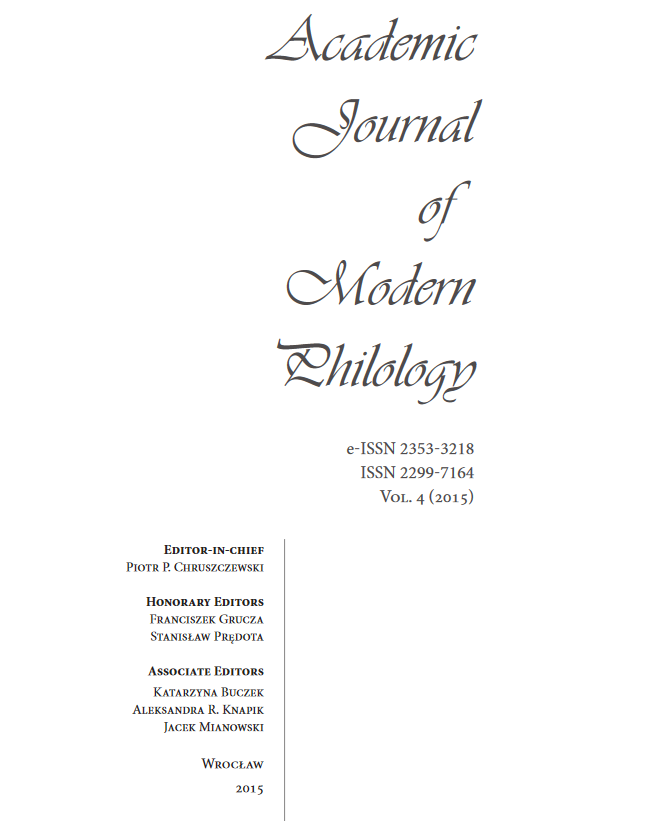
The current paper aims to compare the complexity of texts translated into English-based creole languages and English. The main motivation for the choice of topic was the growing body of evidence that languages and language phenomena, such as texts, may be regarded as complex adaptable systems of signs. These systems may display some fractal properties, such as self-similarity at different scales. In consequence, texts may be analysed in the same manner as other fractal objects. It is possible, for instance, to estimate their fractal dimensions which, to some extent, reflect the degree of their structural complexity. Such an assumption enables one to calculate and compare fractal dimensions of parallel translations of texts to various languages in order to compare their complexity levels. Methods which enable comparisons of complexity of texts in different languages are particularly important with regard to creole languages, since the complexity of contact languages is still the subject of debate. In the following study, ten parallel translations of passages from the New Testament were mapped onto time series plots based on the length and the frequency rank of words. The values of Hurst exponent as well as fractal dimension were estimated and it was found that the studied time series did not differ significantly between English and English-based creoles with respect to their fractal dimensions. The results lend support to the idea that creole languages are simply new languages which are merely different from their superstrate language rather than being less complex, at least with regard to their lexical patterns.
More...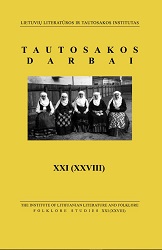
Subject: The symbolic representation of the bell in Slovenian culture. Purpose of study: To analyze the phenomena of the appearance of the bell in Slovenian folk heritage, bell inscriptions, iconography, Christian and pre-Christian rituals. Methods: Folklore, descriptive, historical.
More...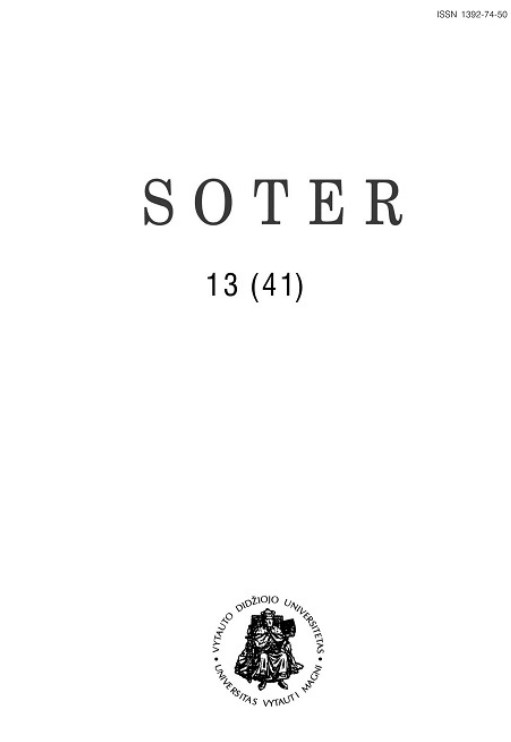
The article analyzes the Christian values in the customs of Lithuanian family at the end of the 19th - beginning of 21th century. The work is based on field investigation materials gathered by the author in 1992-2004 in all ethnic regions of Lithuania. In the family customs the Christian values showed in Christian ethics shape. The formation of a child’s Christian values and moral qualities was influenced by the village community. At baptism it was represented by mother, midwife, godparents who initiated the baby into family, the Christian and rural community. In wedding customs the Christian values also showed in Christian ethics shape. Until the Second World War abortion and divorce were a rather rare phenomenon because most people observed religious and traditional moral norms. Divorce was considered to be the greatest dishonor for both family and also rural. Traditional Lithuanian cultural values concerning family life start vanishing after the Second World War. After the Republic of Lithuania has revived, new conditions of life had a considerable influence on values of a contemporary family. Transformation of social, economic, political life has caused remarkable changes in traditional family life. At the end of the 20 th century a traditional Lithuanian family experienced changes of the transitive period. The necessity to adapt to new surroundings, future uncertainty stimulated the youth to create new forms of partnership in the family. Cohabitation before marriage, postponement of marriage for a later age (until the birth of the first child or later), migration to abroad, a small number of birth and the increasing number of illegitimate childbirth - these phenomena are characteristic of modern Lithuanian village family. These phenomena were connected with globalization.
More...
Religious and secular rhetoric differ in their intentions, aims and linguistic expression. Christian values, witnessed through cultural, psychological and social factors, were dominant in the middle of the 19th century in Lithuania. The rich religious literature of that period was subordinated to the practical needs of its addressee; its strongest emphasis was on education and didactics. Cultural values, particularly reflected in public discourse, were illustrated by the genre of the sermon. Preachers of that time, who were writing under the pressure of tsarist censorship, were restricted to certain themes, interpretations and means of expression. This genre was based on baroque principles: the authors depicted the temporality of life, the cult of death, and life after death. Those general tendencies are reflected in the sermons of R. Jasikevicius, officially accredited for use in churches. The preacher explains the principles of Christian life, emphasises the temporary nature of everyday life, and advocates asceticism and constant penitence. In the sermons of R. Jasikevicius we find a very strong cult of death: the author presents intimidating images of the Inferno and awakens emotions of fear rather than love in man’s relationship with God. As a preacher, Jasikevicius orients his thought towards transcendence, thus reminding us in his sermons of baroque religious literature. Stylistically, these sermons were adapted to peasant audiences. The religious discourse of the mid-nineteenth century vaguely reflects the active social position of the Church during these years troubled by the struggle for freedom.
More...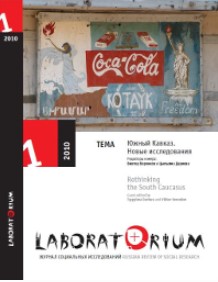
Процесс реактуализации и распространения религиозных и мистических учений, направлений и сект в перестроечной и потсоветской Армении можно условно разделить на несколько периодов, в каждом из которых доминирует определенный тип мотивации их участников. Смена мотиваций, в свою очередь, обусловлена меняющимся политическим, социальным и культурным контекстом. К примеру, в конце 1980-х и начале 1990-х годов начали активно распространяться восточные и архаические мистические учения и практики (йога, кришнаизм, шаманизм и так далее) в качестве новой духовной альтернативы советской атеистической и материалистической идеологии. Начало Карабахского движения, война и обретение Арменией государственности отразились в массовом «воцерковлении» армян-апостоликов (то есть приверженцев Армянской апостольской церкви), которые таким образом утверждали свою национально-религиозную идентичность. К этому же времени относится и начало языческого движения.
More...